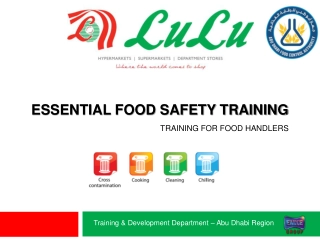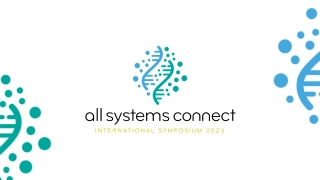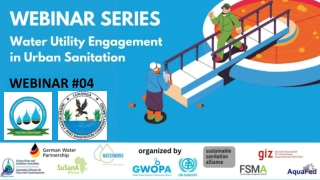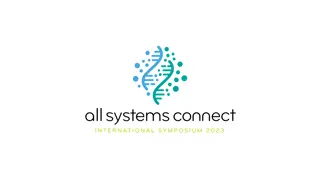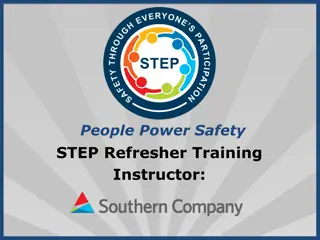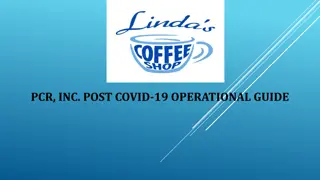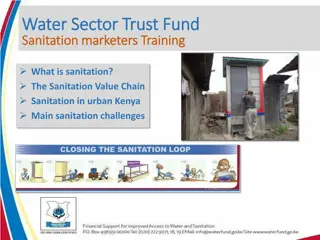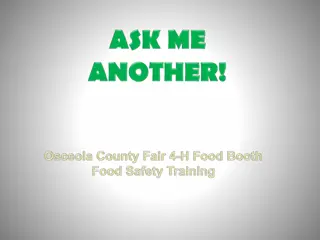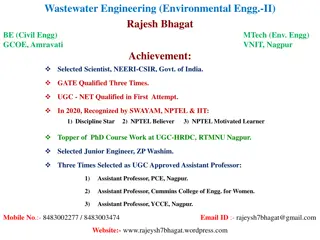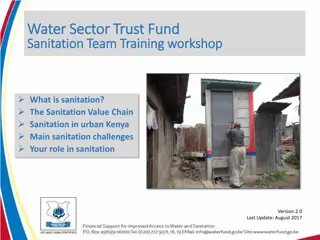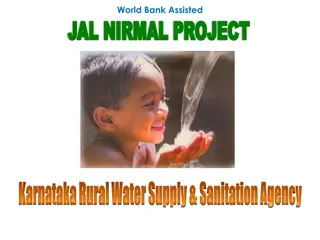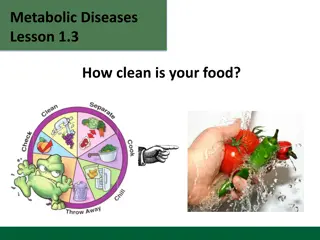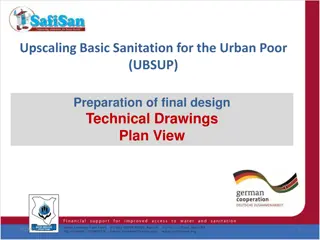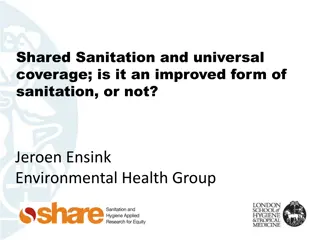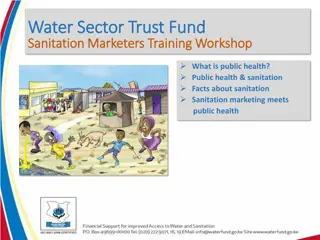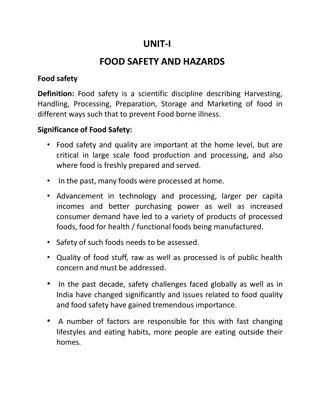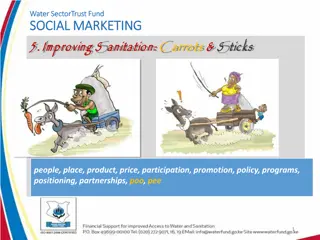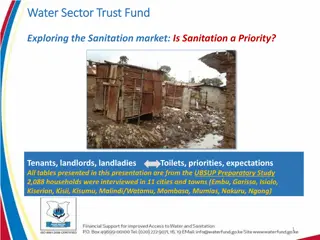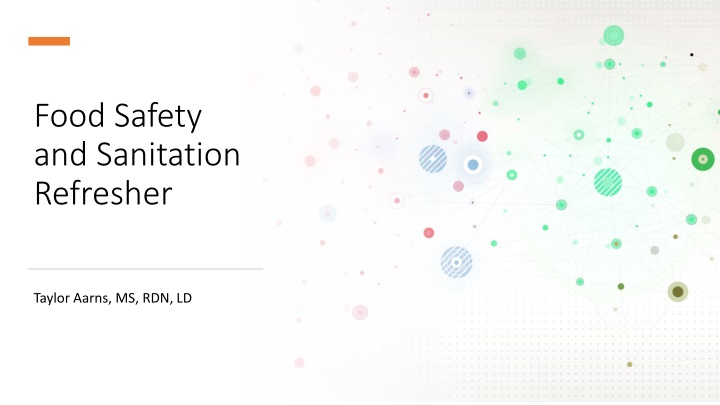
Food Safety and Sanitation Refresher for a Healthy Kitchen
Discover the importance of food safety, common risks in food handling, types of contamination, and preventive measures to ensure safe food preparation. Learn how everyone plays a role in making our food safe, from purchasing to serving.
Download Presentation

Please find below an Image/Link to download the presentation.
The content on the website is provided AS IS for your information and personal use only. It may not be sold, licensed, or shared on other websites without obtaining consent from the author. If you encounter any issues during the download, it is possible that the publisher has removed the file from their server.
You are allowed to download the files provided on this website for personal or commercial use, subject to the condition that they are used lawfully. All files are the property of their respective owners.
The content on the website is provided AS IS for your information and personal use only. It may not be sold, licensed, or shared on other websites without obtaining consent from the author.
E N D
Presentation Transcript
Food Safety and Sanitation Refresher Taylor Aarns, MS, RDN, LD
Why Should We Care? Anyone can get food poisoning, but some individuals are at a higher risk: Adults 65 years and older Children under 5 years Those with weakened immune systems (clients with cancer, diabetes, liver or kidney disease, HIV/AIDS) Pregnant Women
Most Common Unsafe Food-handling Risk Factors 1. Purchasing food from unsafe sources 2. Failing to cook food correctly 3. Holding food at incorrect temperatures 4. Using contaminated equipment 5. Practicing poor personal hygiene
Types of Contamination Unsafe food usually happens due to contamination of harmful substances in food. There are 3 main categories. Physical Chemical Biological / Microbial
Physical Contamination Presence of physical object in food (glass, hair, jewelry, bones, fruit pit etc.) Possible choking hazard May introduce biological contaminants Prevention: Wear a hair net or beard guard in the kitchen Keep nails short Avoid wearing jewelry
Chemical Contamination Happens when food comes into contact with chemicals Prevention Label all chemicals Store chemicals away from food
Biological Contamination Food that becomes contaminated by bacteria, viruses, or parasites. Prevention Follow food safety protocols Clean Separate Cook Chill
We all play a role in making our food safe for our clients. Flow of Food is a term that describes various points where contamination may occur. It s the path food takes from purchasing serving Purchasing receiving storing preparing cooking holding cooling reheating serving
Milk High Risk Foods = Time/Temp Control for Safety TCS Foods Meat and Fish Baked Potatoes Tofu Sliced melons, cut tomatoes or leafy greens Cooked rice, beans, and vegetables Ready to eat foods Fruits, vegetables, deli meat, baked goods, spices
We can prevent foodborne illness by following these steps.
Clean Wash your hands with warm, soapy water for 20 seconds Sing a song Truth Hurts by Lizzo, I want it that way by Backstreet Boys, Love Shack by the B-52s Thoroughly wash all surfaces that come in contact with raw meat, poultry, fish and eggs with hot, soap water Countertops, cutting boards, utensils etc. Wash fresh produce, do NOT wash raw meat
Separate to Avoid Cross-Contamination Separate raw meat, poultry, seafood and eggs from foods ready to eat. Use different cutting boards and utensils when preparing foods The utensil you cook raw meat with should be swapped for a clean utensil when serving the food Do not reuse marinades/sauces/dressings that have previously been used on raw meat Change gloves and wash hands in-between prep of raw food and ready-to-eat food Wash hands if touching face, hair, or cellphone!
Cook and Temp!
Chill Avoid the temperature DANGER ZONE between 40 140 F, where bacteria is living its best life. Keep cold foods cold ( 40 F) Keep hot foods hot ( 140 F)
Additional Resources 1. https://www.foodsafety.gov/ 2. https://www.cdc.gov/foodsafety/

